As I sat beside my mother in the theater watching the animated film The Wild Robot, I reminisced about all of the times she has come to my aide when I was sick or hurt or just needed some advice.
I wasn’t expecting these memories when I walked into the Harkins Theater in Chino Hills on Sept. 29. All I knew about the film was from glimpses of the trailer — an adorable robot who wanders the woods and interacts with animals. The trailer didn’t hint at one of the movie’s major themes, the one that resonated so much with me: parent/child relationships.
The Wild Robot, based on a trilogy of books by Peter Brown and directed by Chris Sanders, tells the story of Rozzum 7134, or “Roz” (voiced with warmth by Lupita Nyong’o), who wakes up on a forested island after surviving a shipwreck. (Roz was sailing to her human settlement assignment.) She ventures into the woods and per her programming, seeks tasks to fulfill by the animals she encounters. When chased by a bear, Roz falls off a cliff and lands on a nest of goose eggs. Only one of the eggs survives. Roz nurtures the egg until it hatches and takes on a motherly role to a baby goose she names Brightbill.
The film is successful on a lot of levels, from hand-painted-like animation by DreamWorks Studios; to its lively voice acting by Nyong’o, Pedro Pascal (as Fink, a red fox), and Catherine O’Hara (as the maternal opossum Pinktail); to its riveting plot by writer Sanders. But what the film is most successful at is making viewers experience feelings of appreciation and admiration for mothers.
It’s The Wild Robots’ story about moms (even robot ones) and their children that connected so thoroughly with me.
The scene in which Brightbill learns how to fly, for instance, stands out because Roz helps Brightbill beat the odds by teaching him a seemingly-impossible task. In order to migrate with the rest of the geese, Brightbill has to fly in order to survive during winter. It’s a familiar scene because my mom, even when she doesn’t have knowledge of something I’m struggling with, guides me as best she can, just like Roz does with Brightbill.
The connection between Brightbill and Roz is further brought to life through the many sacrifices they make for one another. When Roz puts herself in danger to keep Brightbill safe from predators, I recalled those moments my mom does everything in her power to ensure my safety.
The movie also compels feelings of happiness. When Roz playfully teaches Brightbill how to swim, I was reminded of the many laughs and memories I share with my mom, like when we go to lunch together and travel during the summers.
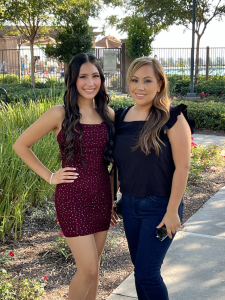
Later in the film, just when Roz begins to feel love toward Brightbill, the factory from which she was built is notified of her location. Robots from the factory are sent to retrieve Roz with a mission to take her back, remove all of her memories, and to study her to ensure no other robot can ever be reprogrammed the way Roz reprograms herself.
It’s a sad scene. Watching Roz potentially be torn away from Brightbill in the midst of their growing love stirred in me appreciation for my mom. The movie demonstrates that the world can be cruel, that it sometimes does not hold sacred the special relationship between parent and child.
Sanders does an outstanding job of illuminating real-life issues. Animated movies are typically geared to a younger audience and thus have fairytale plots and happy endings. The Wild Robot, however, bravely strives for deeper and more true-to-life connections with its audience; it does not sugarcoat the inevitably of major setbacks and occasional sadness in our lives.
In society, there are expectations that a mother should be nurturing, guiding, and protecting. But those duties are also wearying. As Roz fulfills her role as mother to Brightbill, she deteriorates physically. In the opening scene Roz is a shiny robot that has no visible damage, but by the end of the film, her leg has been replaced with wood and her internal parts have been taken out and put back in several times. It’s a remarkable demonstration of the sacrifices mothers make for their children, the scars they bear.
After sitting through The Wild Robot with my mom, and even crying together during certain scenes (like when Brightbill learns to fly), I felt admiration for my mother as we left the theater. I considered the many times she’s taken care of me when I fell ill, encouraged me when I was down, and helped me piece together all the best parts of myself.




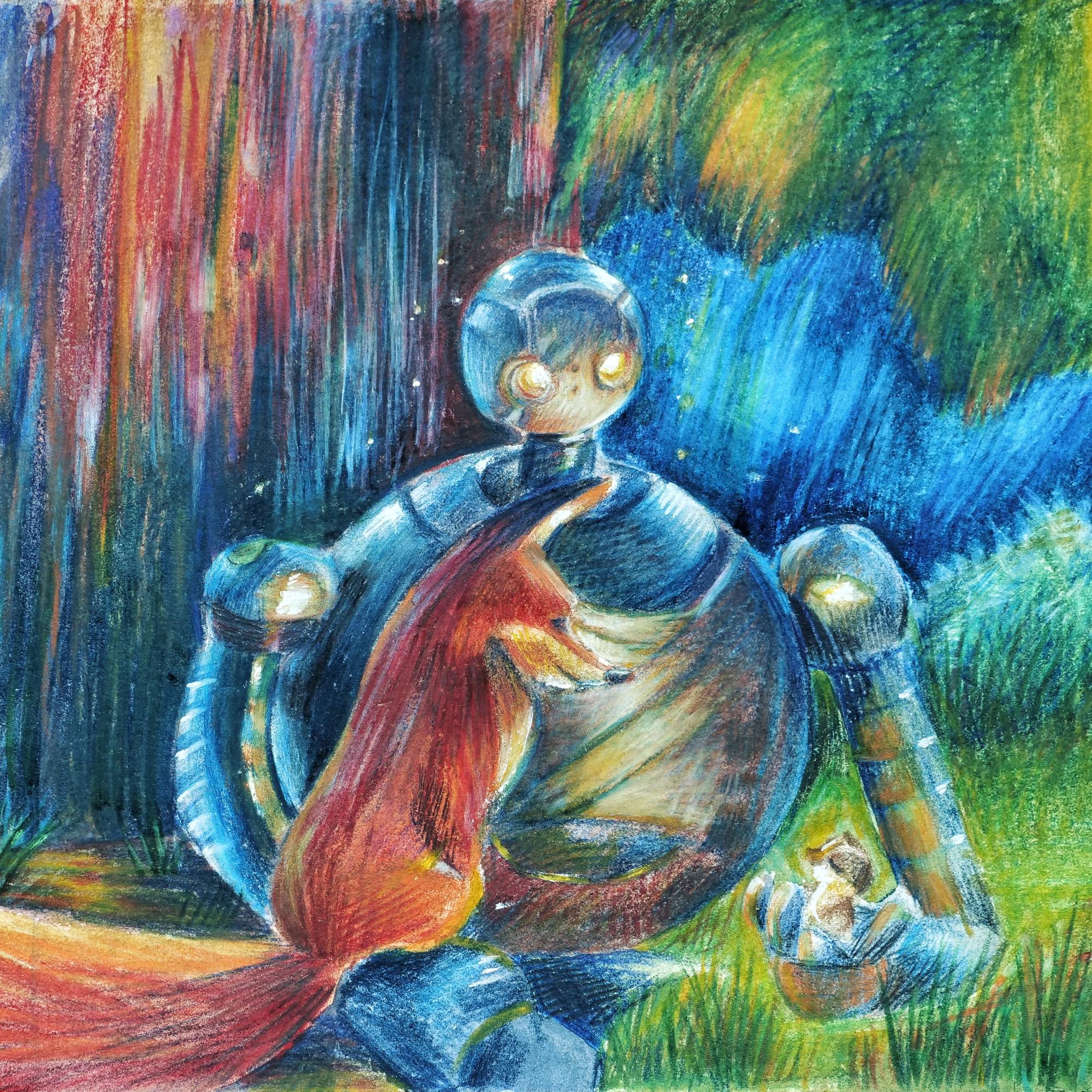
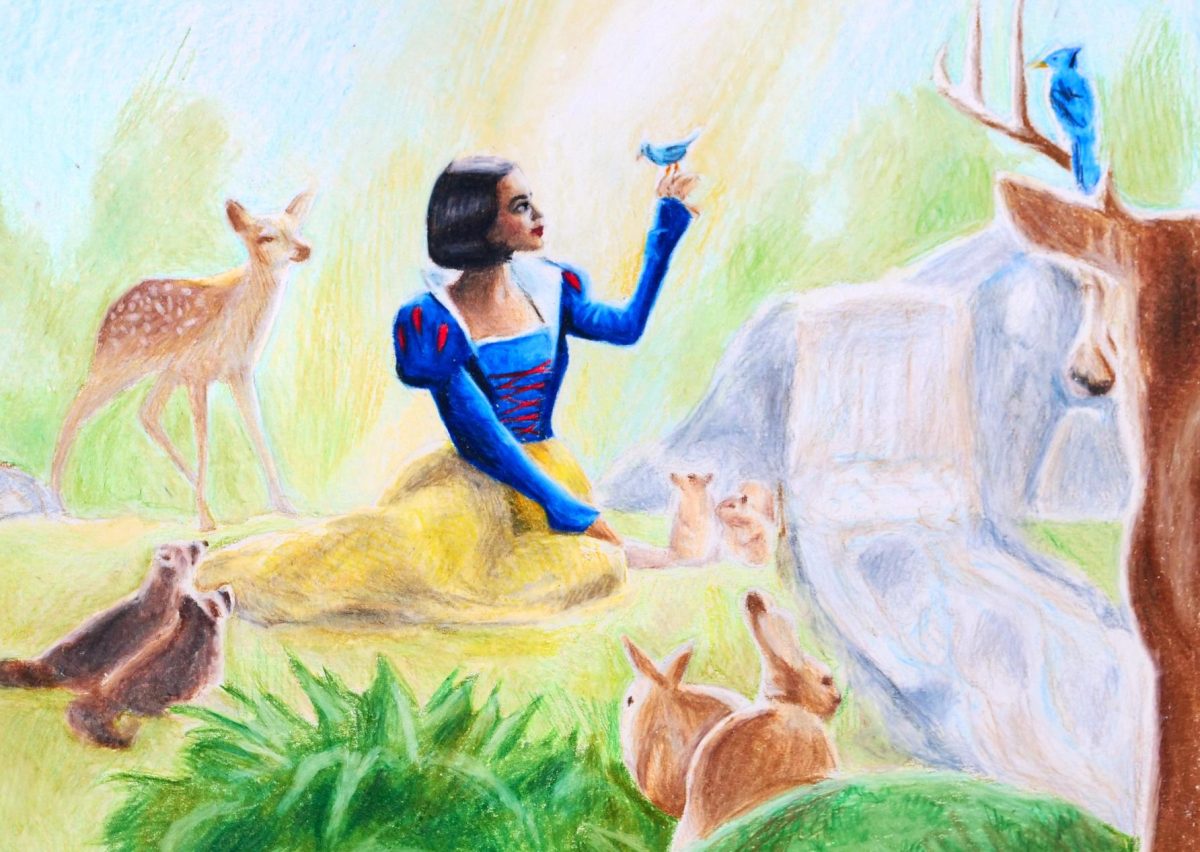
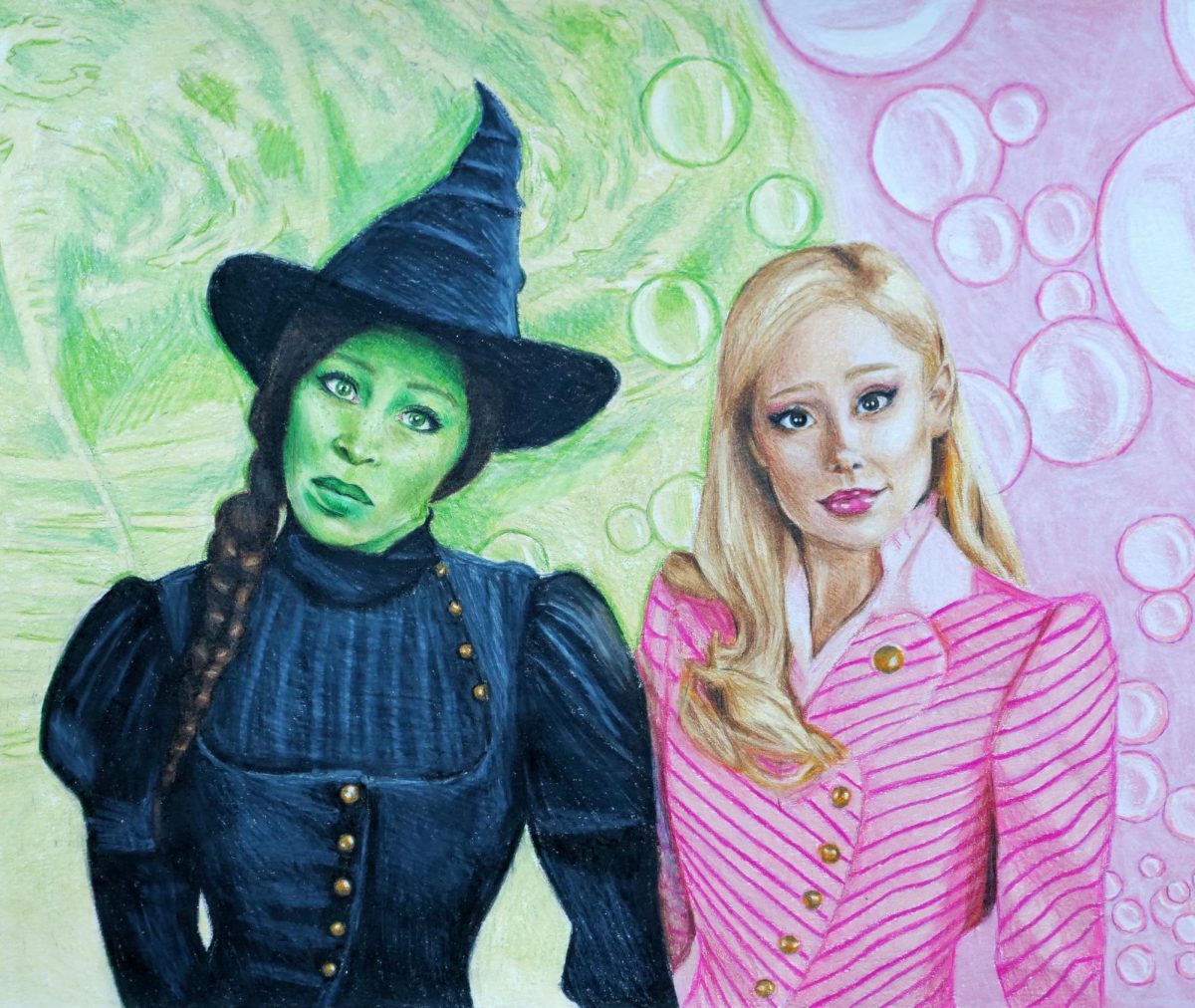
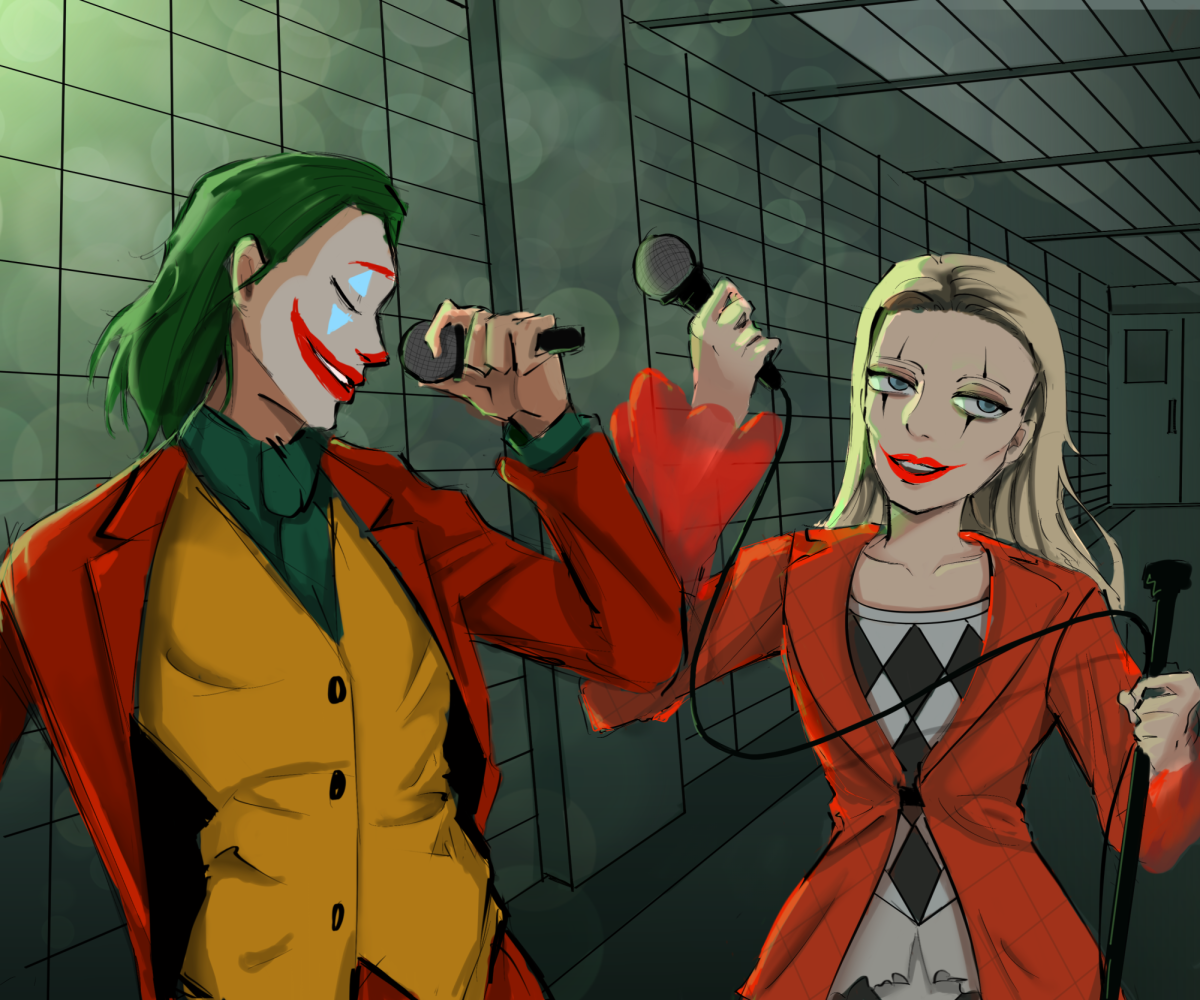
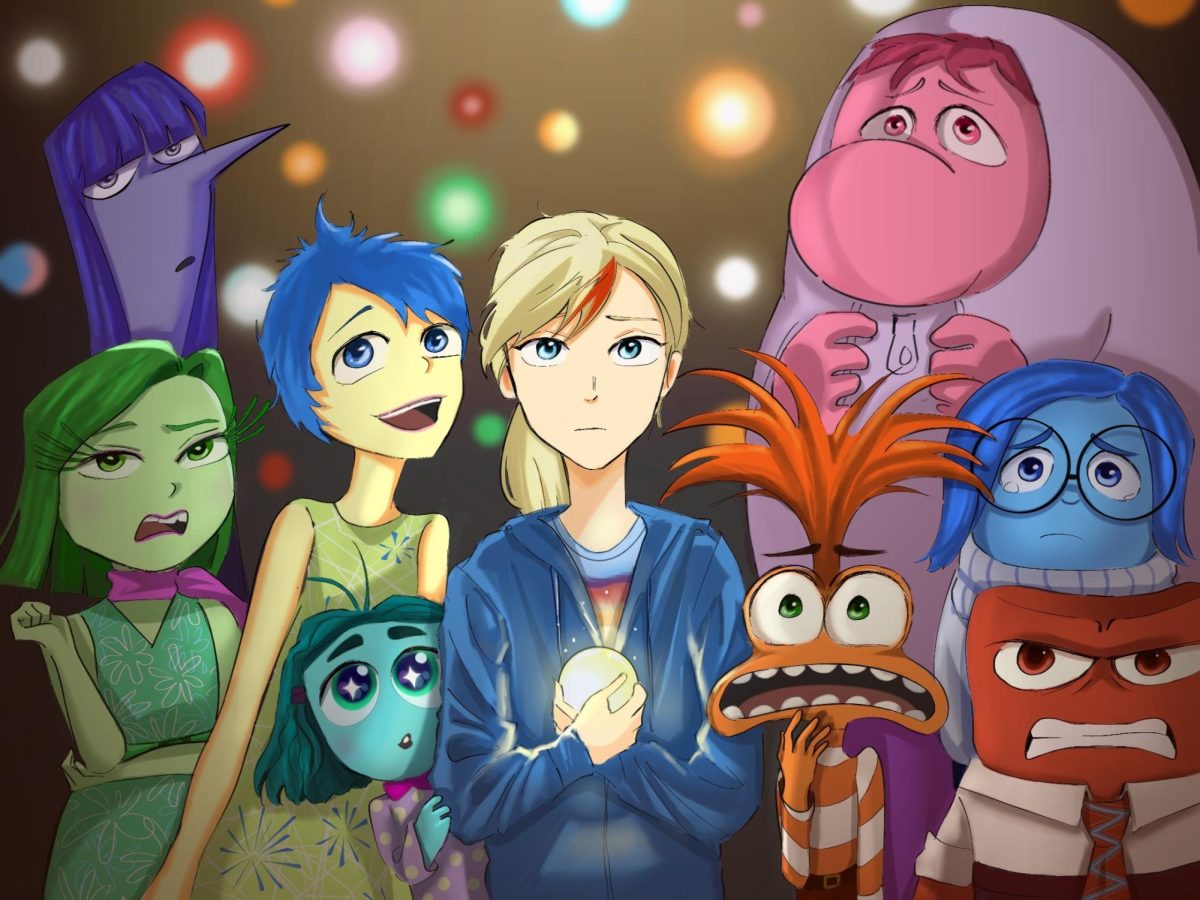
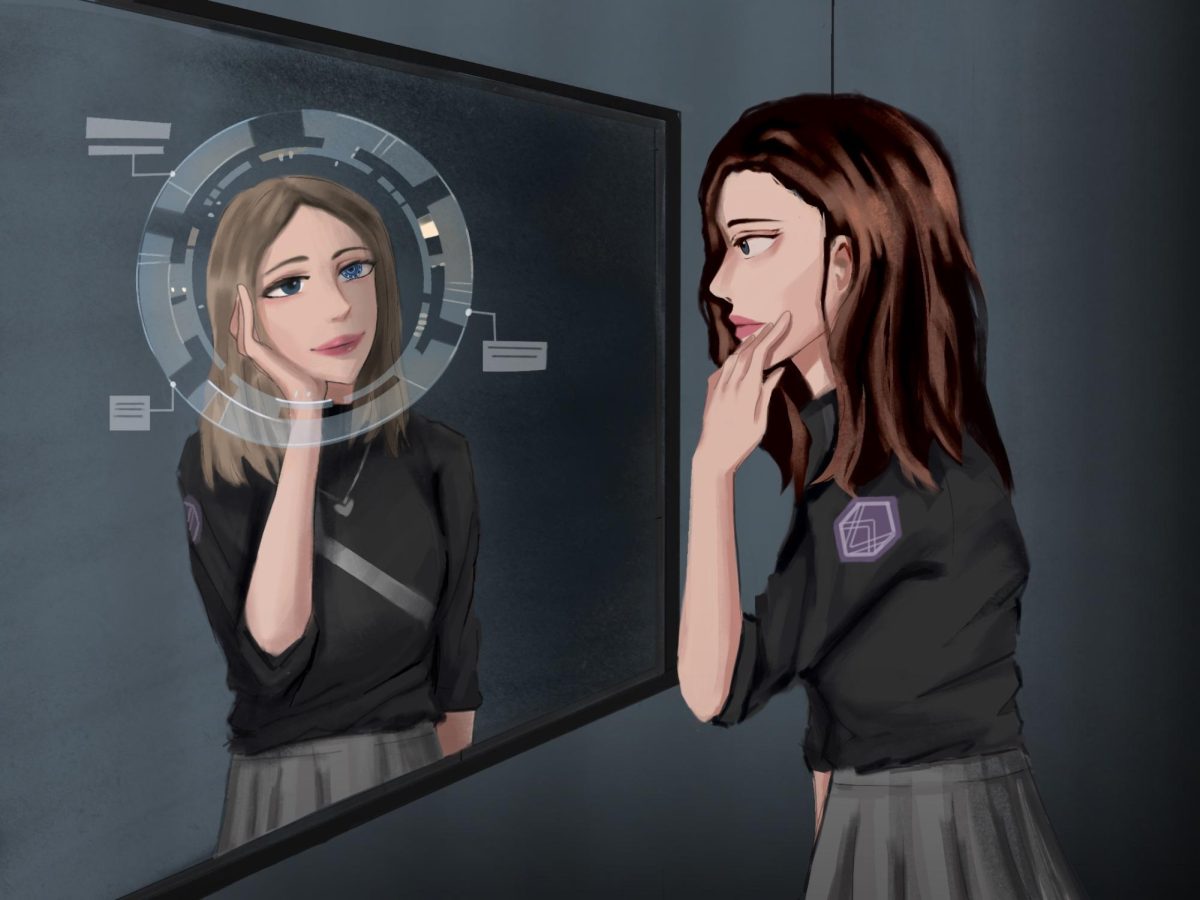
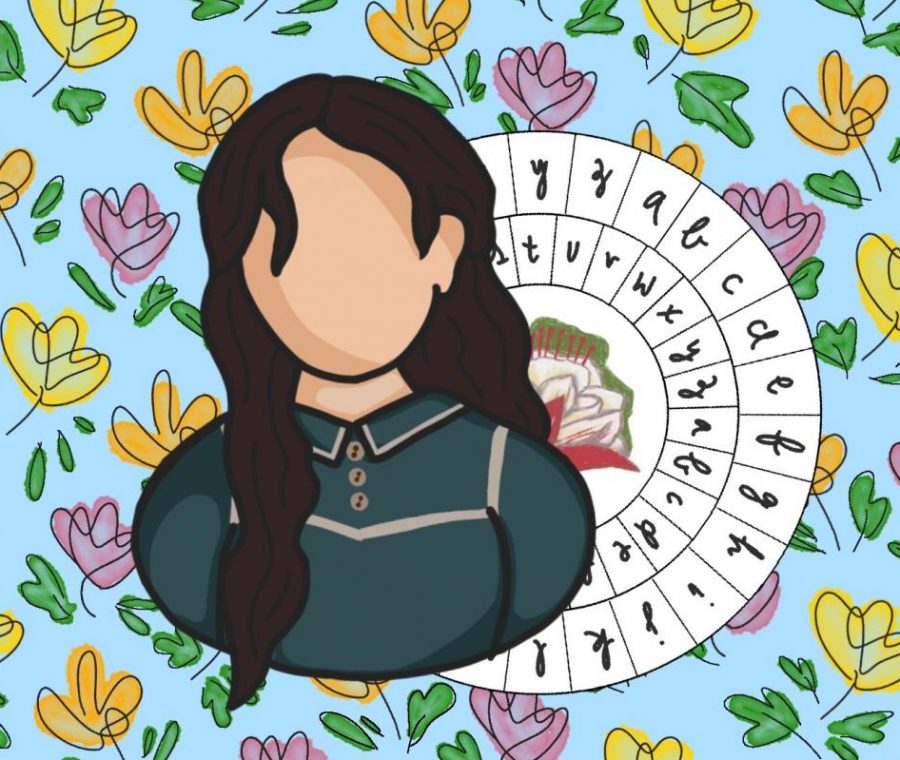

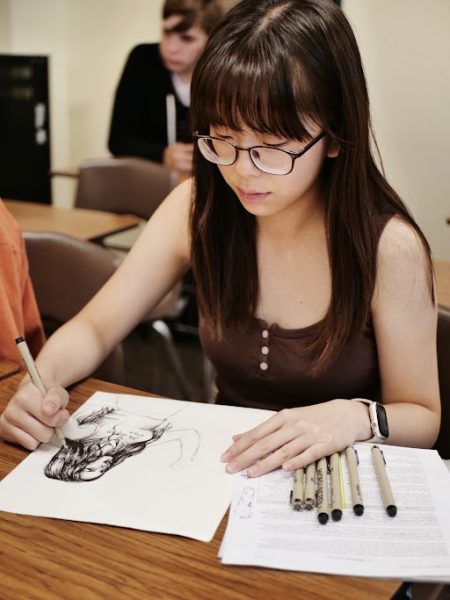
Zaisam • Apr 4, 2025 at 7:31 am
I cannot tell you how many times I’ve watched ‘The Wild Robot, ‘ and each time I do, it takes me on a whirlwind of emotions, from sadness to happiness. In my opinion, this movie is a masterpiece, and I cannot wait for the sequel.